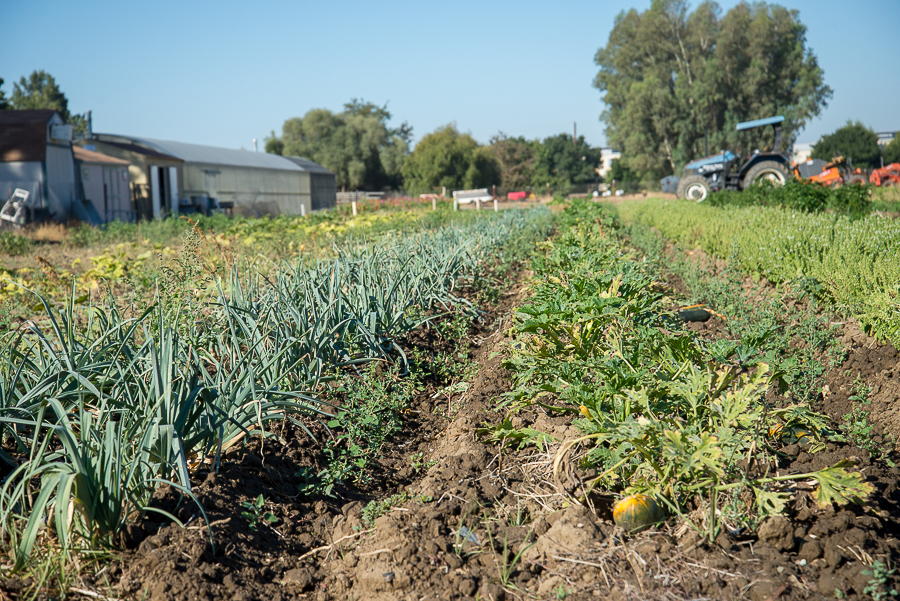
GMO benefits greatly outweigh the fictitious costs
Have you ever walked through the grocery store, picked up a piece of food, ranging from milk and fresh vegetables to dried pasta and rice, and seen that bright green label with the nice butterfly in the corner that reads “Non GMO Verified?”
Upon seeing this label, you might ask what a GMO is and what exactly it entails. GMO versus non-GMO has become one of the biggest fights in the field of sustainable agriculture as producers struggle for the right to use GMO grains and organisms on their farms –– all while consumers are rejecting the unfamiliar three-letter acronym.
GMO stands for “genetically modified organism,” and that’s where the trouble starts.
Genetically modified seems dangerous, but it’s not. A lot of people assume genetically modified means the organism was either manufactured in a lab or synthesized from different chunks of DNA, but this is not true.
Yes, a lot of these GMOs have actually undergone genetic changes carried out by foreign vectors such as viruses and bacteria, but the grand majority have not. If one enters a grocery store today and goes to the produce area, the fruits and vegetables in front of them will be very different from those grown a hundred years ago. Broccoli, corn, watermelon, bananas and even dogs are just a few of the organisms today that have been genetically modified, not in a lab setting, but due to selective breeding over time.
Selective breeding is when two individuals, whether they be plants or animals, are chosen and bred together because each organism carries a trait producers want. Watermelons, for example, have been bred to be practically seedless with more of the sweet red fruit center that we know and love.
Without selective breeding, watermelons would be tiny, oblong and have fruitless centers with massive seeds. That doesn’t sound appetizing, does it? It’s the same with dogs and cats.
They were selectively bred from their ancestors to be the domestic animal kept in homes all over the world today. Cattle can also be considered genetically modified. Dairy cattle have been selectively bred to excel at milk production, making them bigger and leaner than beef cattle, which are bred to grow muscle.
All across the livestock industry, if one looks hard enough, they will find drastic changes in the appearance of animals from hundreds of years prior –– and not because they were made in a petri dish. These animals have been bred carefully in order to create and support the food production system we have today.
However, many are still hesitant to eat GMOs because they have been genetically modified and have been falsely linked to cancer and various other diseases. This is not true.
Earlier this year, the National Academy of Sciences, Engineering and Medicine released a report claiming that there was no human health risk linked to the consumption of GMO products. Those GMOs that were generated in a lab setting were done out of human need. Rice crops, for instance, have become more resistant to drought. Because of these GMOs, crop yields have increased, pesticides are used less and food is more affordable.
Due to rising crop yield and great food affordability, GMOs must meet the needs of planet and social viability in order to be considered sustainable. Reduced use of pesticides helps prevent pests from becoming pesticide-resistant and helps eliminate the need for these chemicals altogether, making these GMOs environmentally friendly.
Lowering food costs helps ensure that more people have access to staple foods like corn and rice without spending too much money. GMOs are sustainable and they are going to play a very large role in solving the increasing need for food in the future. It’s time we stopped ostracizing them and started realizing how truly essential they are to our survival.
Written by: Alice Rocha – asrocha@ucdavis.edu




